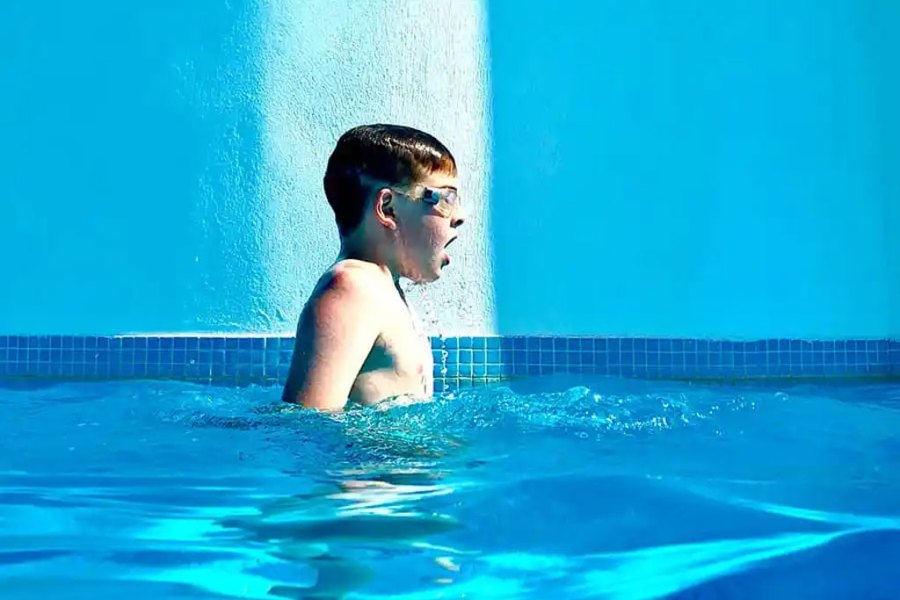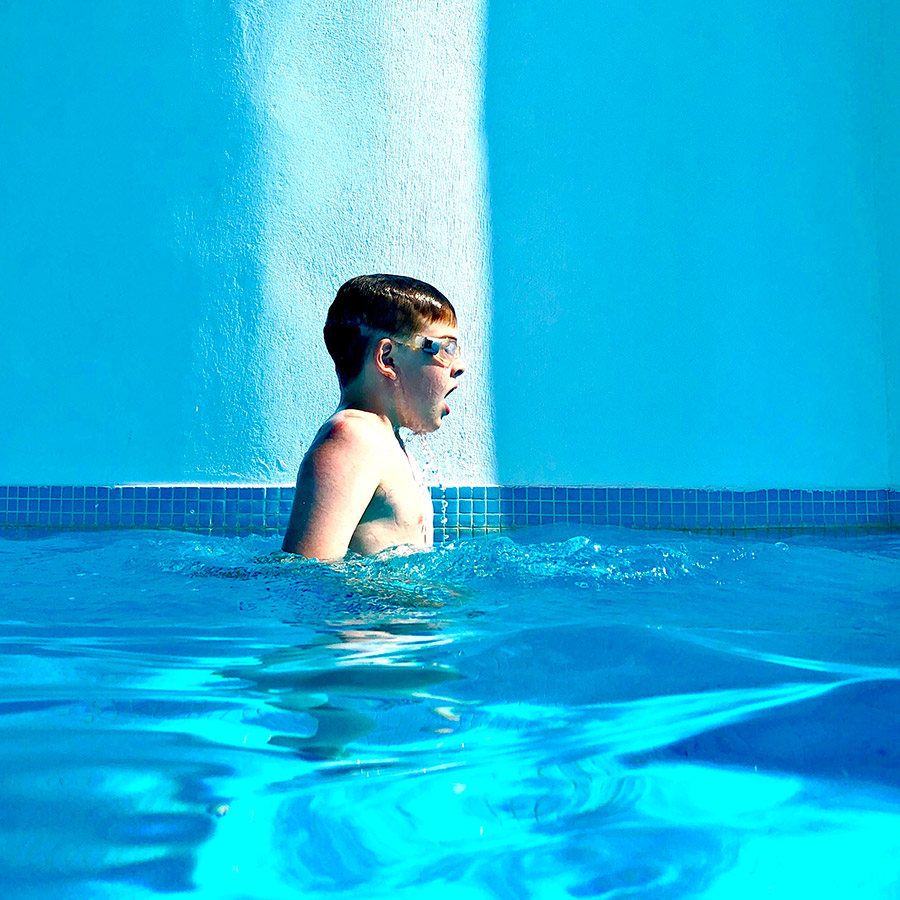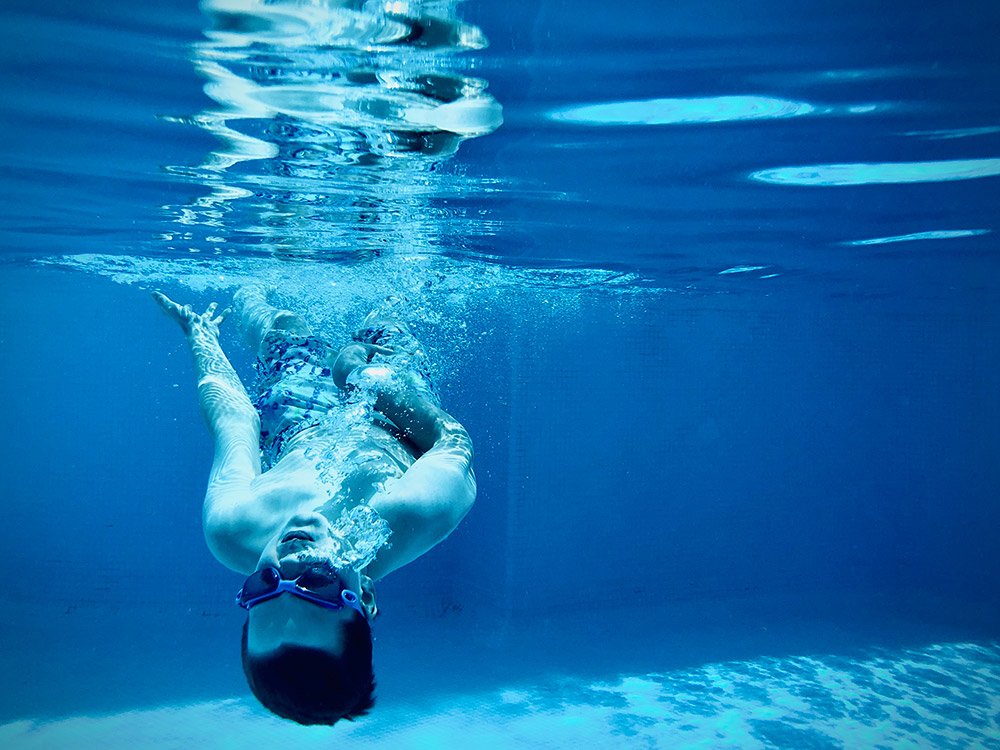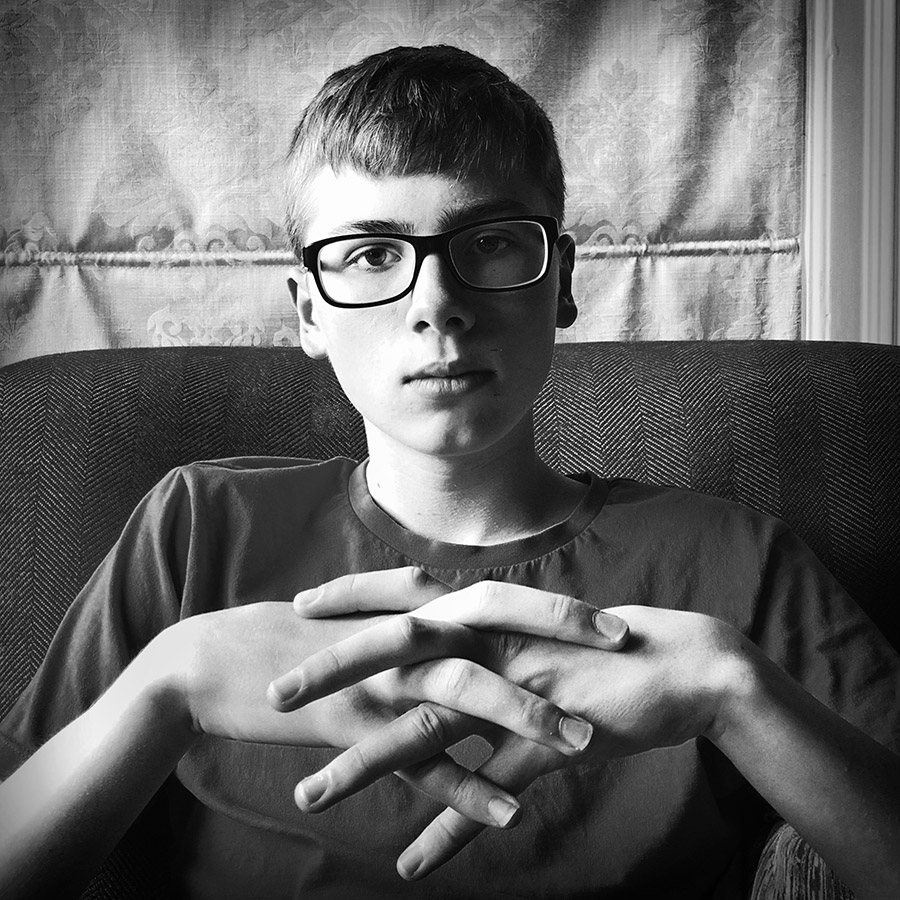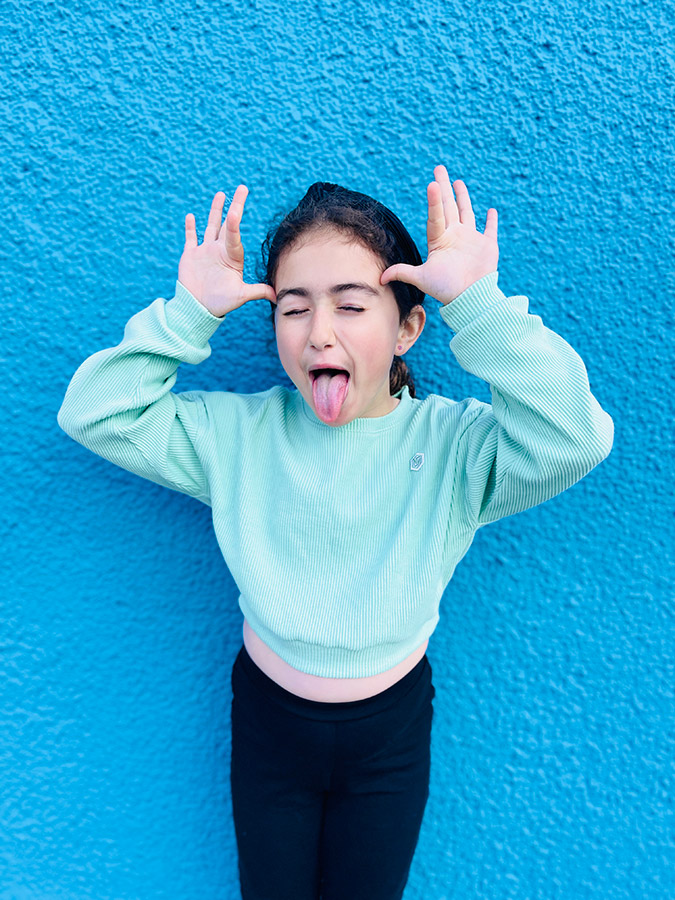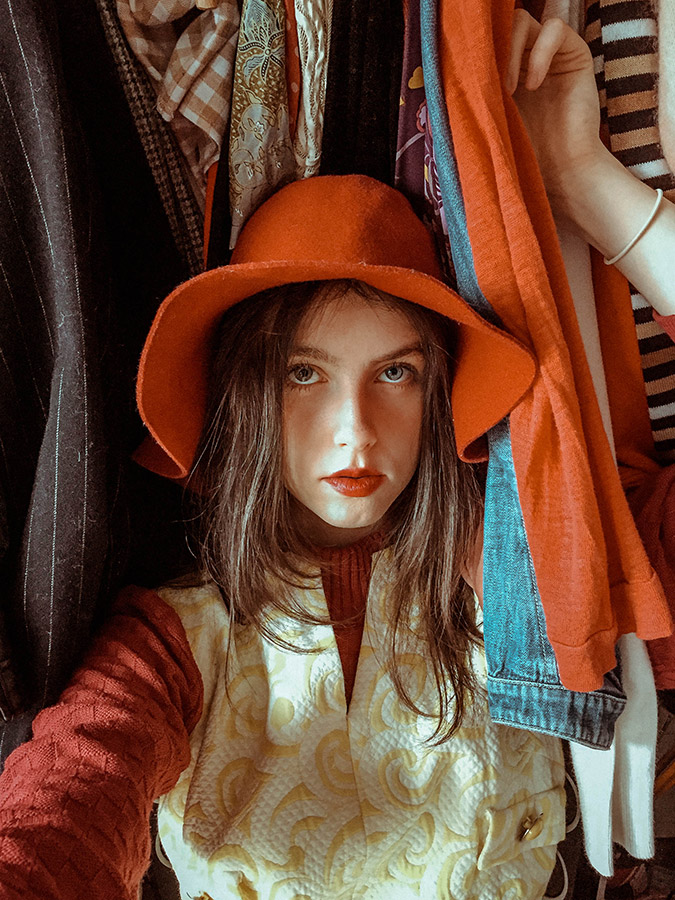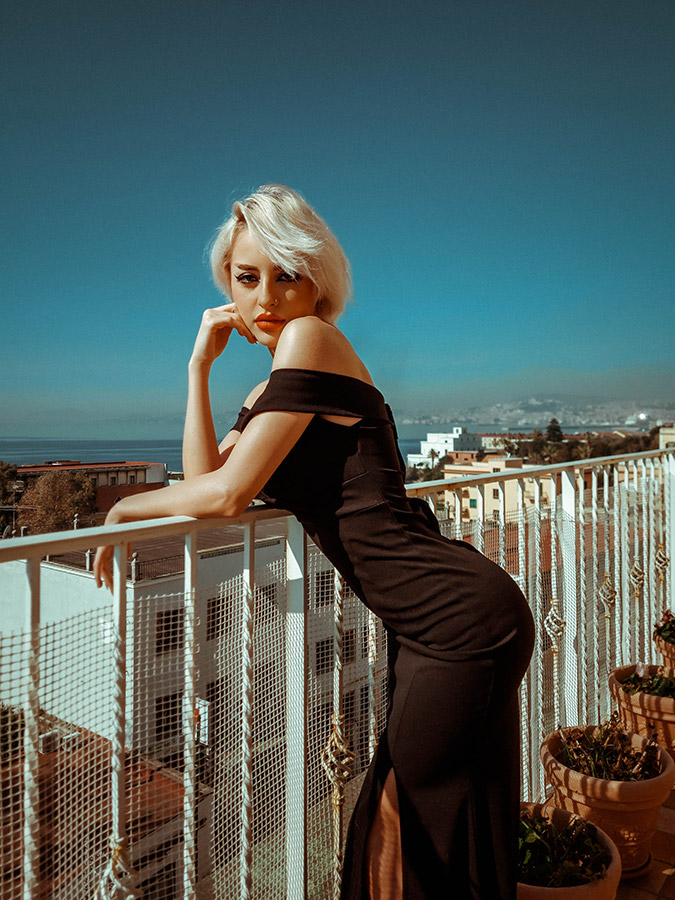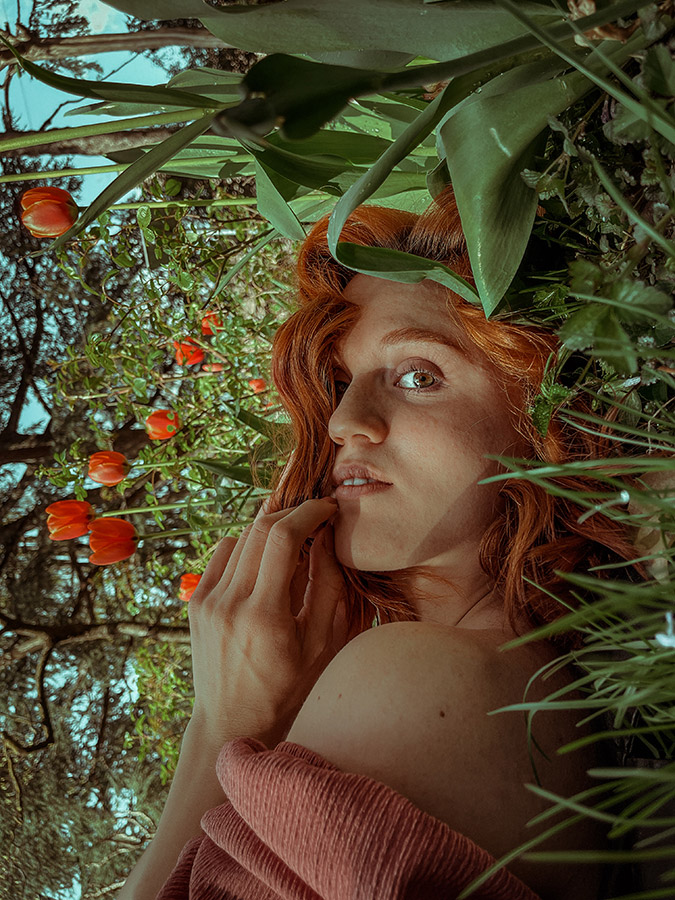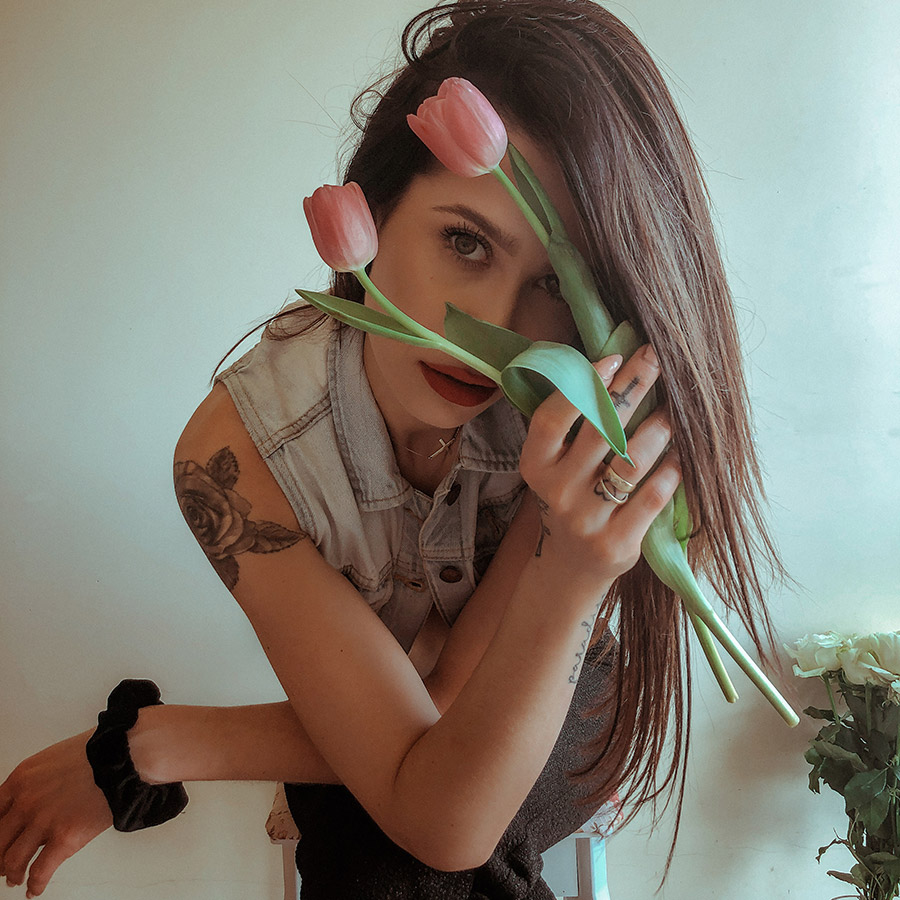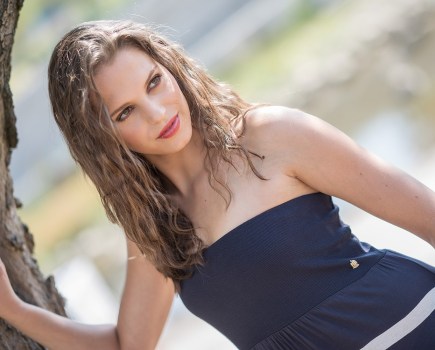Anybody with a half-decent smartphone, be it iPhone or Android, is likely aware of its facility for capturing great shots off-the-cuff. Used in a more considered way, you can also take superb portraits with a smartphone.
Most modern smartphones have some kind of portrait mode, designed to mimic the effects of shooting with a wide-aperture lens. The results from these modes, powered by clever AI and algorithms, have become ever more impressive. A lot of smartphones also have full manual modes, which is useful too. Most high-end smartphones also include short telephoto lenses, giving you a close approximation to shooting with something like a classic 50mm or 85mm optic.
In this piece, I asked three photographers who have all been using their smartphones for portrait photography to excellent effect to show us exactly what can be achieved by using the device in your pocket, including one who has been using smartphones to take portraits remotely, sometimes – impressively – from the other side of the world.
Below, we’ll also discover which smartphones on the market are ideal for this kind of work, to help you to choose one for yourself.
As always, we’d love to see your pictures. So if you’ve been using your smartphone to take portraits, send them via email ap.ed@kelsey.co.uk or tag us on social media @ap_magazine.
iPhone portrait photography:
Elaine Taylor’s top tips for portraits on a smartphone:
- It’s a very basic – but important – tip, but make sure you have a clean lens.
- Aim to get the best possible photo at the point of shooting, without taking too much time and risking losing the shot. Taking a moment to quickly scan the scene before taking the shot should become second nature. Sometimes all it takes is a slight repositioning of you or your phone to make an okay shot into a great one.
- Take multiple photos of the same scene and choose the best afterwards. The phone’s burst mode is great for that. I often find that, with portraits, the best and most natural one is usually when the subject is not aware that I’m still shooting.
Elaine uses an iPhone 11 Pro Max, but an iPhone of some kind has been her only camera for over 12 years. Although she has a number of add-on lenses, she says she doesn’t use them all that often, preferring to capture moments as she goes about her day.
One accessory she can’t be without is the phone’s protective case and battery pack, and she also has a Lifeproof waterproof case for holidays to take underwater shots. It’s worth noting that many modern smartphones are waterproof without the need for a case (but always check the rating of any smartphone you have before dunking them!).
“A phone is perfect for any kind of portrait shot,” says Elaine. “I can get near people for close-up portraits without being too intrusive, and I can take candid ‘environmental’ portraits of people going about their business without being noticed. Sometimes you have to be quick to get the shot, so having my camera phone always close is perfect.”
“I take all kinds of portrait shots – a portrait doesn’t just have to be head and shoulders. The ones I prefer are candid whole-body shots of people in their surroundings which tell a story, as well as close-up shots which convey some kind of emotion or character.
“I don’t really compare my phone to ‘standard’ equipment. I just use it like any other camera. The same basic principles of photography apply. The Portrait mode on the iPhone is a great function – but I don’t use it that often. I prefer to shoot in standard mode and if I feel blur will enhance my shot by eliminating unwanted distractions, I will apply it later with an editing app.”
How does it compare to “standard equipment”?
“The only major challenge I’ve found is in low light. I never use the flash as it often creates a harsh, unnatural effect and can change skin tones. Instead I seek out outdoor light or an indoor position near a natural light source.”
About Elaine:
Elaine is a moderator of a number of Instagram groups, a jury member for international mobile photography awards, a beta tester for a range of mobile apps and has delivered smartphone photography workshops. Alongside that, her iPhone photos have been exhibited, published and featured in photography competitions. See more of her work on her Instagram.
iPhone portrait photography:
Abbie Asadi’s top tips for smartphone portraits:
- Always ensure that your grid lines are turned on in your camera app. This will really help with composition.
- Don’t be afraid of going in close for a portrait. I always ask my clients if it’s okay to come in close, as some people don’t enjoy you being in their space. Most are accepting when you ask.
- Keep talking to the people you are photographing. It keeps you at ease, them at ease and helps if you are directing them to capture the shot that you have planned.
Currently Abbie is using an iPhone 12 Pro Max, but she has used a variety of other models.
“My ‘Inspiring Women in Business’ project has involved a really diverse mix of portraits and styles incorporating both close-up and whole body shots. I also like to take into consideration the environment that we are in and am always looking for lines, shapes and framing to complement the person. I do love getting in close though and picking out details – it helps tell their story.”
How does it compare to “standard equipment”?
“Compared to standard equipment, a phone is cheaper, lighter, fits in my pocket and I don’t need to change lenses. I can preview, edit and send very quickly if I wanted to all in one phone – I am a big fan of its convenience. I very often use portrait mode as I like the depth of field it creates.”
“The limitations I find are with movement, the phone can sometimes not be quick enough or powerful enough. This is even more true with children and animals.
“If you are running a shoot, preparation is key. I always aim to have a mood board per session – planning my shots, ensuring I have any props necessary (chairs, tables and so on). I can then take my time with the shot, taking multiple images to choose from when editing and creating the story. I’ve found that iPhone photos print well and to large sizes which I have even used in galleries.”
About Abbie:
Abbie uses her iPhone for her photography business, working in her home studio, but she will also travel to create imagery in a range of situations. She’s recently been running a portrait project on Inspiring Women in Business, for which she has used her iPhone to take the pictures. See more of her work here.
Remote portraits on a smartphone with Shutter App:
Monika’s top tips for smartphone portraits:
- Don’t pressure yourself – just have fun.
- The same applies to the model – ignore the photographer, be yourself and allow them to capture you acting naturally.
- Use whatever is around you. Don’t overthink things; sometimes the simpler approach is the best one. When shooting outside, look around for interesting features, strong lines or structures.
Monika started taking remote photos during the Covid-19 lockdown, something which became quite popular in a short space of time because of the obvious restrictions on contact in person.
She found Shutter App – and found it very easy to use. After her first ‘foreign’ shoot with a model living in Italy, Monika loved the process so much that she decided to carry out a project contacting people from as many countries as she possibly could, something which carried on for months.
She says, “I felt like I was on holiday for an hour even though I was sat on my sofa in the UK. It was brilliant and it was still being creative. It was a great way of getting to know new people in lots of different countries. It’s not just about the photos themselves – it’s about the social aspect of photography.”
“How it works is that the model needs to download the free app, create an account and share a unique ID number with me. I can access the app either from my laptop or my phone. I can talk to them via the app to discuss a few things – sometimes they might show me around their place, and I can advise where to put the phone to get the most from the space, or where the light is best etc. And then, I simply take photos using their phone.”
How does it compare to “standard equipment”?
Shutter App works with both iPhone and Android, and when you’re shooting remotely, you’re reliant on the quality of the other person’s smartphone – though of course most modern smartphones offer very good image quality.
Monika says, “The biggest challenge when I started doing my mobile phone portraits was accepting the fact that the quality will never be the same as a DSLR/mirrorless, or perhaps what we are used to.
“There was a time when I was worried that my viewers would think that my standards had dropped. Phone cameras are amazing these days – a lot of people may not be able to tell the difference between a phone or a camera, especially when they are posted on Instagram.”
“I use ‘standard’ mode most of the time. Sometimes I might use the wider angle lens, but generally like to be able to focus on a model and not have too many background distractions. Shooting in people’s homes or rooms is not always that easy and it can take a little while to set the camera up as I want it.
“I like shooting whole/half body shots a lot, as I think that using arms and hands creates the most interesting poses. I use the same techniques as when doing my face-to-face portrait work. Also, I often tell my models to close their eyes and dance to a song they have in their head, and of course, forget that I am there. I’m also a fan of close-ups, they tend to feel more intimate and emotional.”
See more great apps to help your photography.
About Monika
Monika is a professional photographer, who uses smartphones to carry out remote portrait shoots using an app called Shutter App. Her models can be found all around the world, while she stays at home in the UK to take the picture. See more of her remote shoots on her Instagram.
iPhone vs Android: find out which is better for photography.
For more, check out our picks of the best smartphones for photography and best budget smartphones.
Need more smartphone photography inspiration? Check out how to take great street photos and macro photos on a smartphone.
Related articles:
- Beginners guide to Portrait photography
- Smartphone vs Digital Camera: Which is better?
- Best camera phones for photography.
- Best camera phone tripods and mounts

